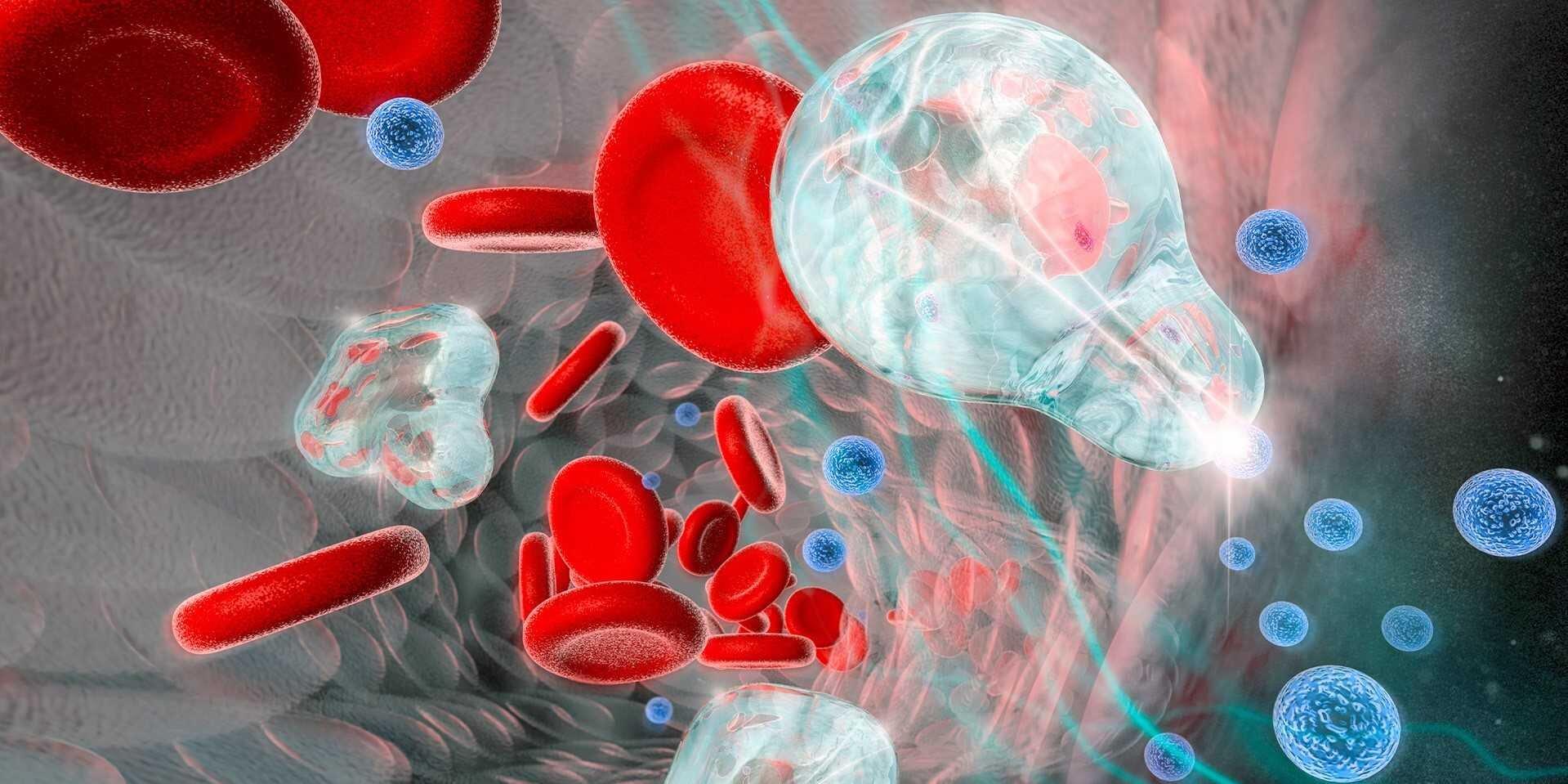ETH Zurich researchers have investigated how tiny gas bubbles can deliver drugs into cells in a targeted manner using ultrasound. For the first time, they have visualized how tiny cyclic microjets liquid jets generated by microbubbles penetrate the cell membrane, enabling the drug uptake.
The targeted treatment of brain diseases such as Alzheimer’s, Parkinson’s or brain tumors is challenging because the brain is a particularly sensitive organ that is well protected. That’s why researchers are working on ways of delivering drugs to the brain precisely, via the bloodstream. The aim is to overcome the blood–brain barrier, which normally only allows certain nutrients and oxygen to pass through.
Microbubbles that react to ultrasound are a particularly promising method for this sort of therapy. These microbubbles are smaller than a red blood cell, are filled with gas and have a special coating of fat molecules to stabilize them. They are injected into the bloodstream together with the drug and then activated at the target site using ultrasound. The movement of the microbubbles creates tiny pores in the cell membrane of the blood vessel wall that the drug can then pass through.
